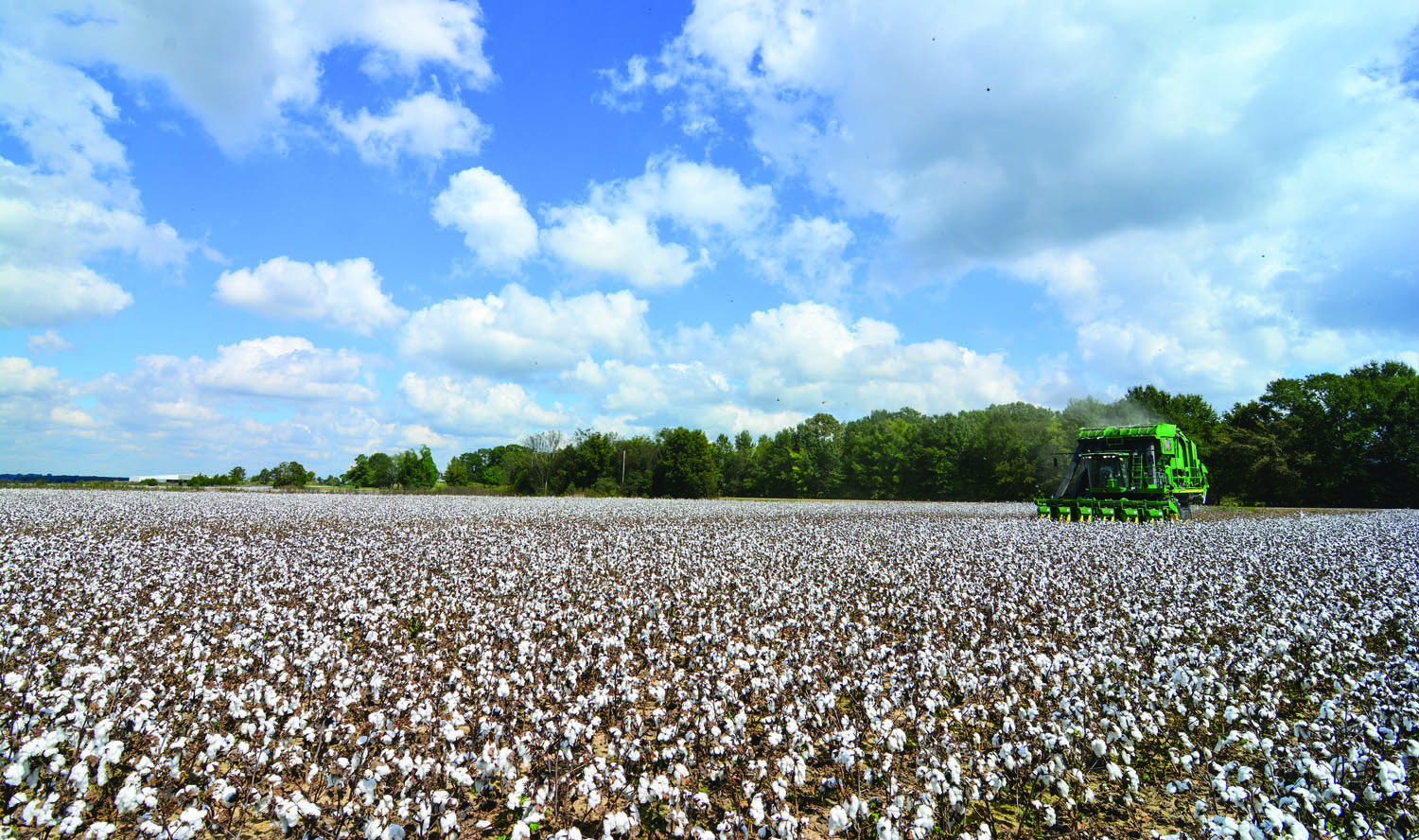Image


Can Cotton Make a Comeback in the Land Where It Was Once King?
You should really subscribe now!
Or login if you already have a subscription.
John Montfort Jones’s photography of the Mississippi Delta has been featured in Delta magazine and in the book The Delta: Landscapes, Legends, and Legacies of Mississippi’s Most Storied Region, which won a gold medal in the Independent Publisher Book Awards.